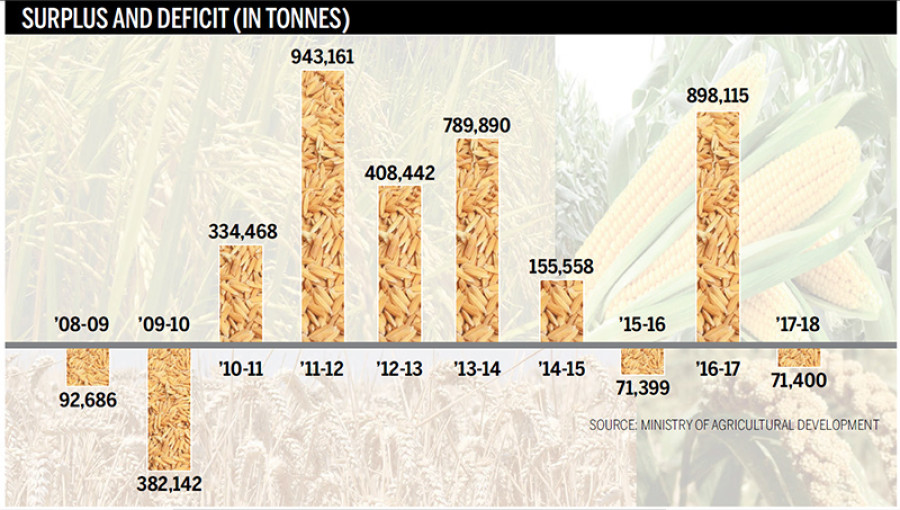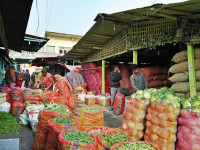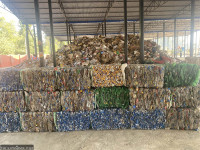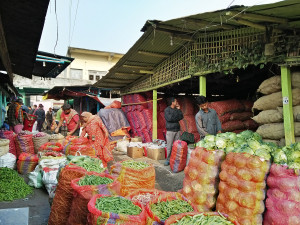Money
Nepal faces deficit of 71,400 tonnes of food
Nepal slid back into a food deficit despite a record harvest this fiscal year, after recording a surplus of nearly 1 million tonnes in the last fiscal year.
Nepal slid back into a food deficit despite a record harvest this fiscal year, after recording a surplus of nearly 1 million tonnes in the last fiscal year.
According to the Economic Survey 2017-18 unveiled on Sunday, the country has a food deficit of 71,400 tonnes this fiscal year. In the last fiscal year, Nepal had 898,115 tonnes of food extra.
The survey shows that Province 3 has the highest food deficit of 535,000 tonnes, followed by Province 2 with 111,800 tonnes and Karnali Province with 16,800 tonnes.
Province 1 has the highest food surplus of 320,100 tonnes followed by Province 5 (166,700 tonnes), Province 4 (97,600 tonnes) and Province 7 (7,700 tonnes).
Nepal’s 2017-18 grain harvest is expected to hit a record high despite a projected fall in paddy output this fiscal year. According to the latest statistics of the Ministry of Agriculture, the country’s paddy, maize, wheat, millet, buckwheat and barley output is projected to grow 2.43 percent to 10 million tonnes this fiscal year ending mid-July. However, despite the record harvest, the country has a food deficit of 71,400 tonnes this fiscal year.
“As the consumption capacity of Nepalis has been increasing every year due to increased incomes, it is exerting pressure on food supplies. The country’s food production has not been able to keep up with demand,” said Ram Krishna Regmi, chief statisticians at the ministry. “Food grain import trends reveal the story.” According to him, nearly 600,000 tonnes of rice were imported in the last fiscal year despite Nepal’s becoming a food surplus country.
According to the Department of Customs, Nepal imported farm products worth Rs196 billion in the last fiscal year, up 11.36 percent year-on-year, setting off concern that the country’s dependency on imported food was ballooning out of control. As per the figures, the cereal import bill amounted to Rs40.14 billion in the last fiscal year. The share of agro products in the total import bill has swelled to 20 percent.
Food deficit is calculated on the basis of a country’s total output that is unable to feed the population. The ministry figures show that food grain availability in the last fiscal year was 6.39 million tonnes.
During the last 10 years, Nepal recorded a food surplus for six years and a deficit for four years.
The country saw the highest food deficit of 485,000 tonnes in 1994-95, according to the ministry. The highest food surplus of 943,161 tonnes was observed in 2011-12 when the country produced a bumper harvest.




 6.12°C Kathmandu
6.12°C Kathmandu














